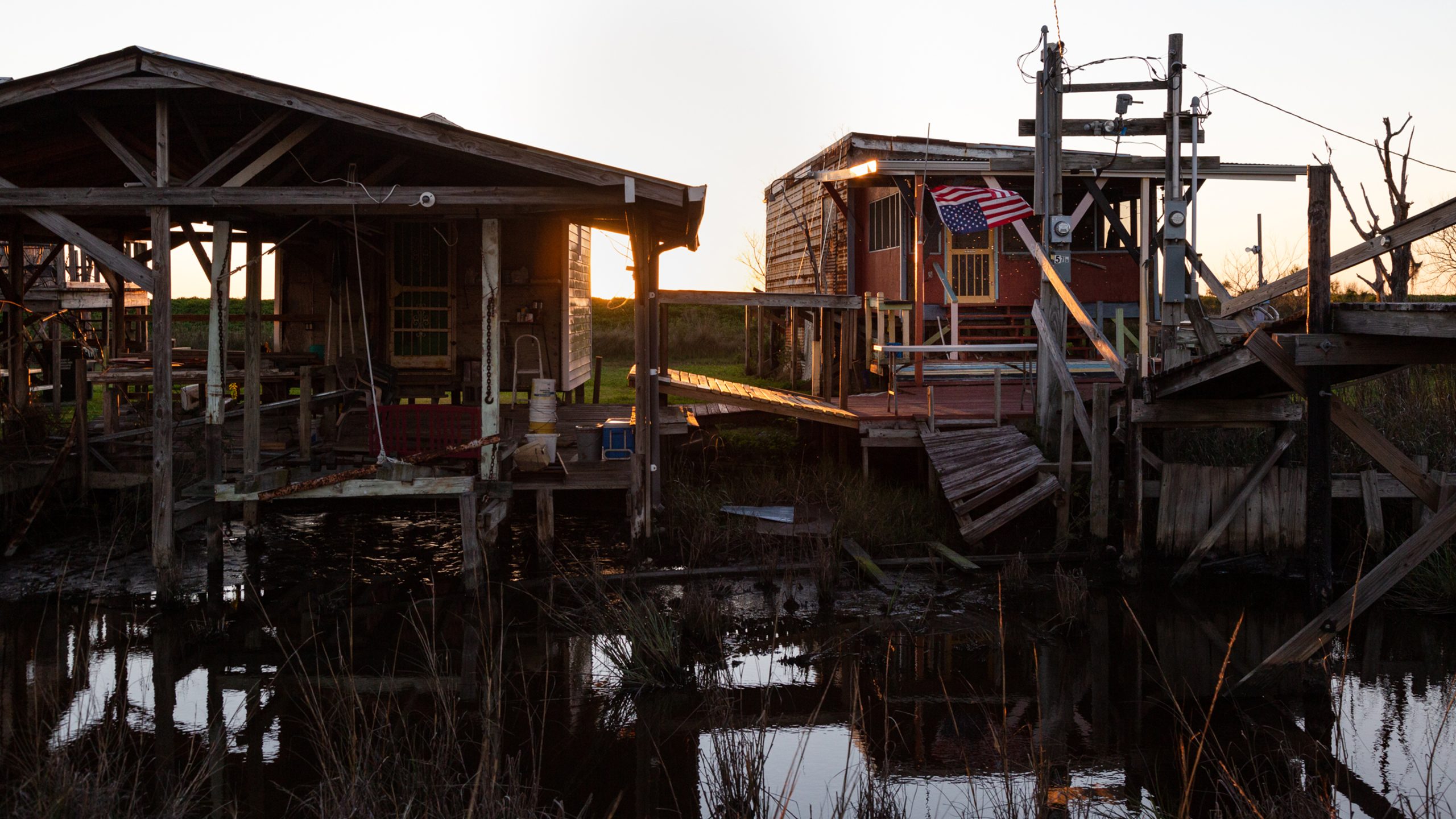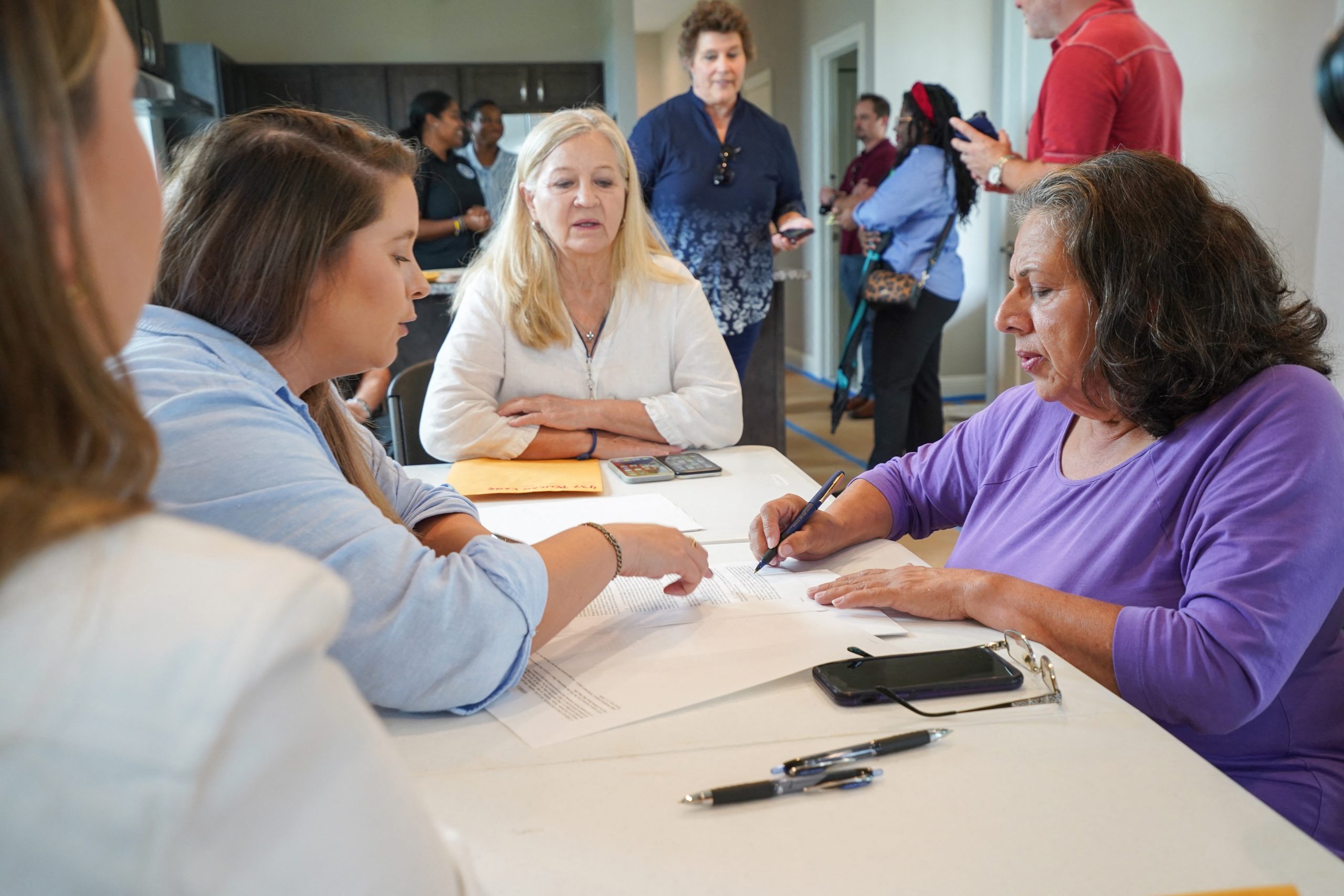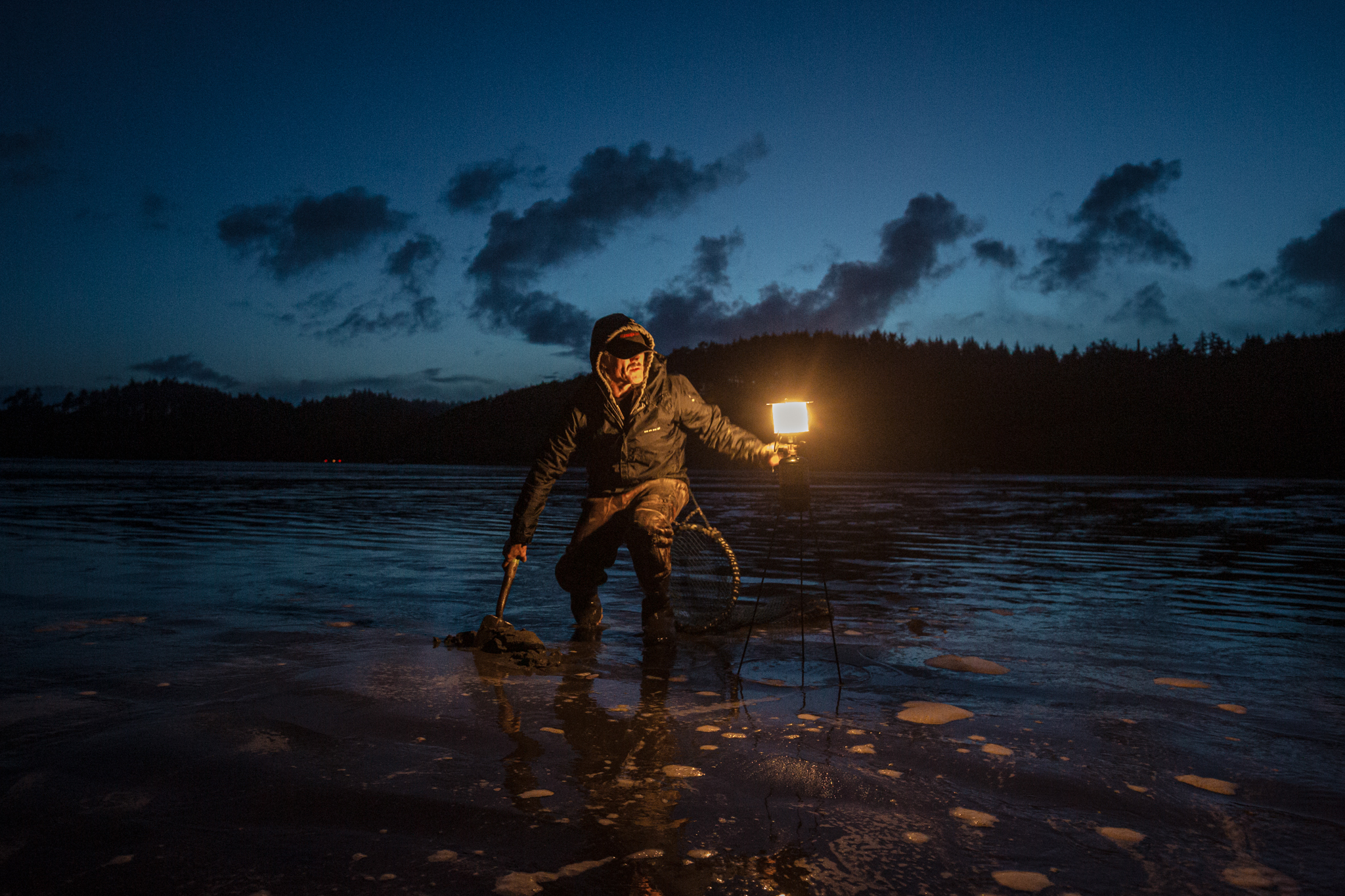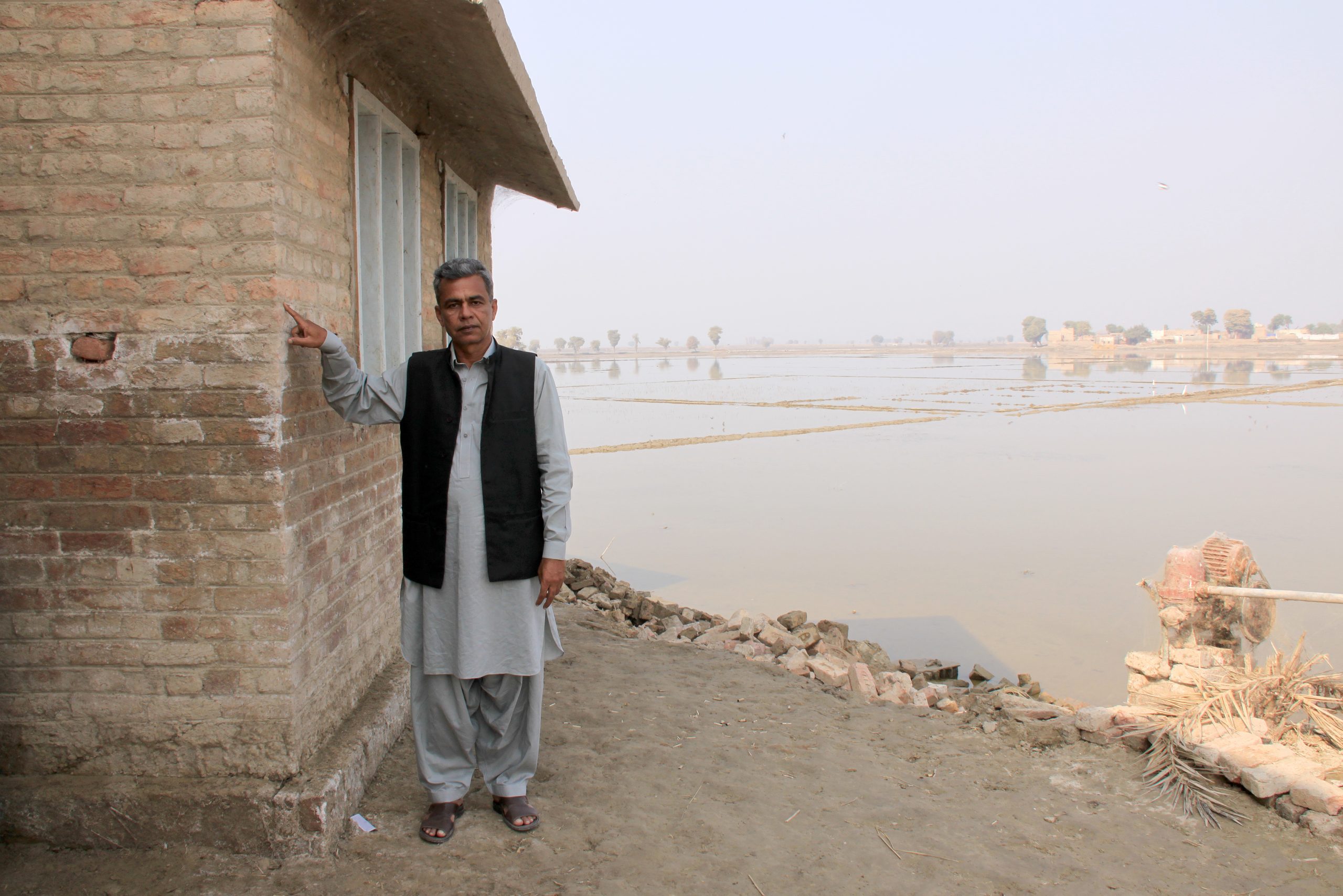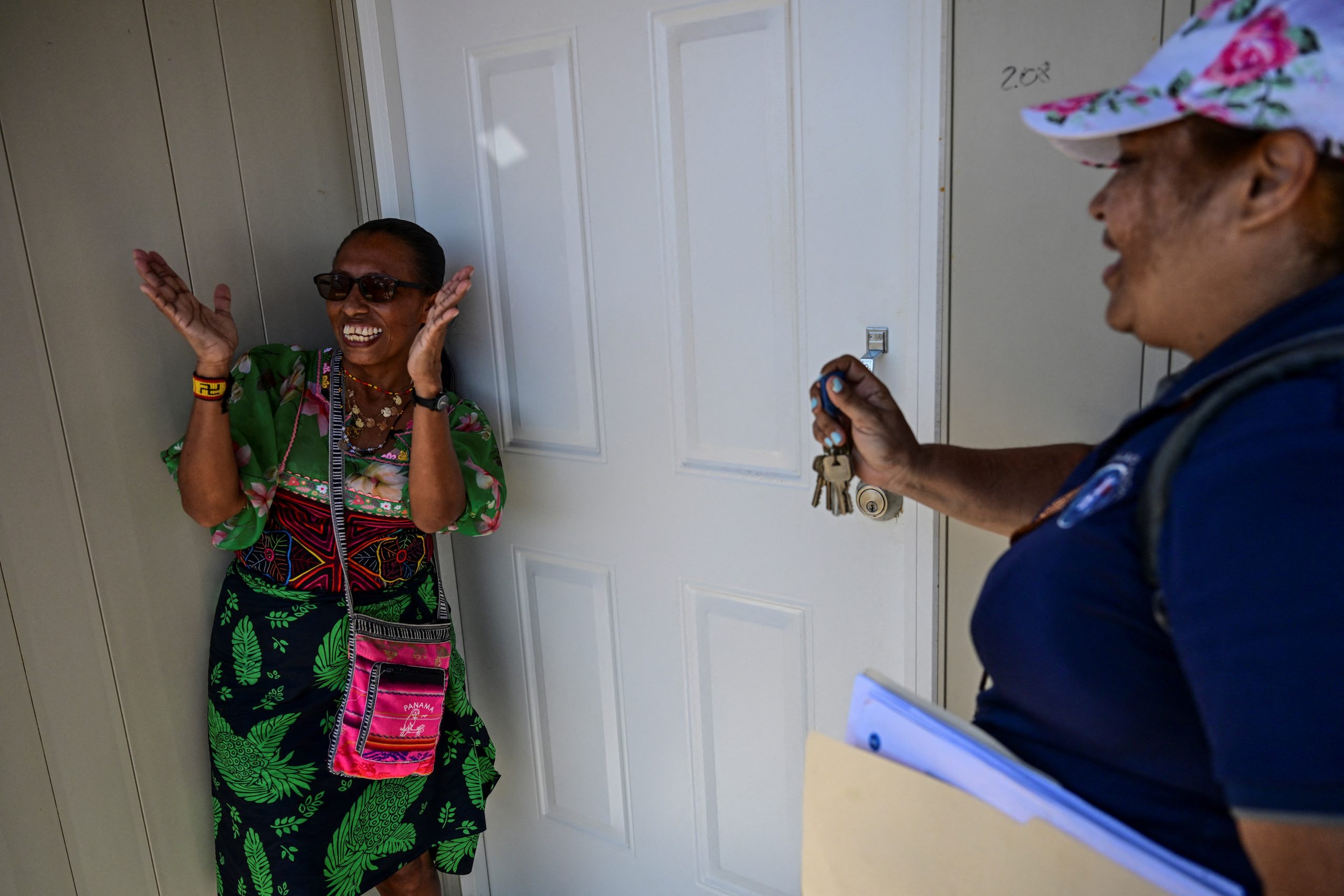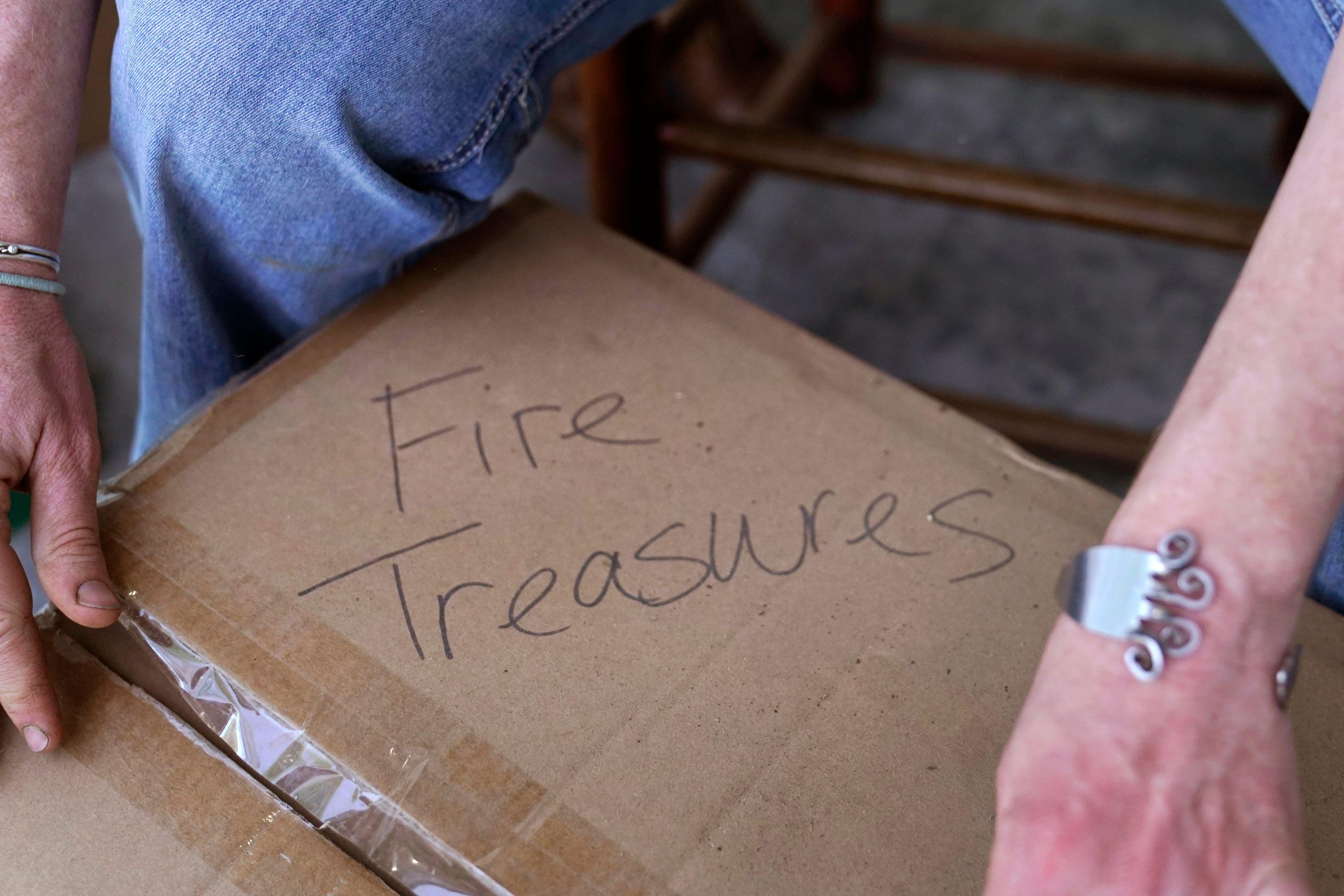Visualising climate-linked migration
Key considerations for effective, ethical, visual storytelling
As climate change reshapes patterns of migration and displacement, photography will play an important role in contributing to an accurate understanding of a complex topic. Compelling visual storytelling can effectively engage audiences with detail, nuance, context and empathy, yet visualising climate-linked migration presents a significant challenge.
We know images can have a huge influence, however all too often they are dehumanising and problematic for a variety of reasons, including consent issues and depictions of distress and victimisation. In addition images are often limited to familiar visual cliches, oversimplifying a complex issue and risking perpetuating harmful visual stereotypes.
This guidance is designed to be a practical resource for anyone looking to use photography to tell stories of climate-linked migration - from commissioning new visual reporting, to working with existing archival imagery, and across the media, NGO, campaigning, educational sectors and beyond.
Divided into 10 key principles it contains prompts and considerations for working with photography that tells climate-linked migration stories engagingly, accurately and ethically.
These principles encourage an approach to the visual storytelling of climate-linked migration that centres the people at the heart of the stories being told, whilst protecting the dignity and rights of people on the move and highlighting the nuanced variety of experiences of climate-linked movement.
1. Be aware of your biases
Colonialism, xenophobia, and racism have long influenced the framing and understanding of migration stories in the context of climate change. Both migration and climate change can be polarising topics, often weaponized by politicians, the news media, and far-right groups alike. This negative influence often shapes public perception, reinforcing biases and normalizing the suffering of already marginalized communities. As a result, many discussions on climate-linked migration focus on fear and control, rather than understanding and support.
One of the more dangerous consequences of these narratives, which can be seen in stereotypical migration imagery (i.e. a focus on small boats in photojournalism), is the framing of migrants as security threats, which in turn fuels support for border securitisation rather than the drive to address root causes of displacement and migration, such as climate change impacts, both sudden and slow on-set.
Powerful climate-migration imagery has the power to shift the conversation, from reinforcing dangerous ideas about migration to highlighting its role as an empowered form of climate change adaptation. We know climate change will influence patterns of human movement, and instead of continuing a trend of showcasing often dehumanising imagery, we must examine our biases, seek diverse perspectives and collaborate with the many migrants rights groups that seek to uphold the dignity and rights of migrants and refugees. By highlighting stories of resilience, adaptation, and community leadership, photography can inform a more just, nuanced and supportive perspective.
2. Tell real, detailed, empathetic stories
We know from our Climate Visuals evidence base that photographs that show real people and tell new stories are particularly effective at engaging audiences. Photography can communicate detail, context and nuance in stories, helping bring empathy and understanding to the viewers' comprehension of an issue. When visualising climate-linked migration, it is essential to prioritise images that effectively communicate the humanity at the heart of a story.
Look for images that go further than purely saying “this is a story about climate change” or “this is a story about migration” and think about how you can use photography to engage viewers in more detail, adding context and nuance to a story whilst engaging them visually.
A common issue with the visualisation of migration is that those featured in images are depicted either as victims or as a threat. This oversimplifies a complex issue and denies agency to those featured. Prioritise more nuanced, empathetic stories and avoid taking people out of context.
3. Avoid generic, cliched images and be wary of stereotypes
Generic images often oversimplify a complex issue, and miss a vital opportunity to engage viewers in ways that add to and develop their understanding.
Images of climate impacts, people on the move and stock photographs of borders and border infrastructure might be relevant to particular stories but they don’t engage the viewer in more depth than as simple illustrations and contribute to an over-generalised visual language of migration.
Generic, stock photographs can also serve to perpetuate harmful stereotypes and dehumanise those featured, with their image being used to represent an issue far beyond their individual experience.
How can you build a more complex visual representation of climate-linked migration in audiences’ minds? Some good approaches include:
- Focus on the real people at the heart of your story
- Seek images that add detail, context and nuance to a story and go beyond simple illustration
- Think carefully about using general imagery of climate impacts, particularly from locations not directly related to the story - is there a more directly relevant image that you could use instead?
- Don’t rely on generic imagery of border infrastructure and crossings as an symbol of migration
- Don’t overuse the same images, or reuse images purely because they have been used in similar stories before - if they’re familiar to you, they’re probably familiar to your audience
4. Seek photographs that go beyond the act of movement as a visual shortcut for migration
We found that images used to illustrate climate-linked migration are often limited to stock photographs of people on the move, commonly with little accompanying information about those featured in the pictures. They frequently rely heavily on visual cues such as international borders, people visibly carrying belongings or making dangerous, often clearly international journeys, for example by boat or across inhospitable landscapes.
These images are used to signify the concept of climate-linked migration, but contribute to a reduced understanding of the reality of climate-linked migration, and serve to build a limited picture of this reality in viewers’ minds. They also bring with them the potential to communicate dangerous narratives.
Where they are relevant to a story, aim to use images that add additional context and detail, are directly relevant to the story, and use captions and accompanying text to communicate further detail to the viewer.
5. Informed consent is essential
When producing new photography it is essential to gain informed consent with those featured in your images. You have a responsibility to ensure that everyone involved understands the work that they are a part of, how, why and where the images will be used, and crucially that everyone has the right to not take part.
This is only ever more true when working with potentially traumatic, sensitive stories such as those associated with climate-linked migration.
Make sure to:
- Build relationships with those you are working with and who will be featured in the photographs as part of the photography process
- Discuss in detail with those involved with the photography about where and how the images and their story will be used
- Be clear that anyone can refuse to be photographed at any time
- Record consent and ensure that this is securely stored and accessible with the photographs to avoid accidental use of images
6. Collaborate with those featured in your images to tell their stories how they want to tell them
Photography, like all forms of storytelling, is a process of layered decision making and judgment calls. Which stories are told? How are these stories told? Where are they told? Who gets to tell them? These questions, along with all the others at the heart of the storytelling process, bring with them power dynamics.
Awareness of these power dynamics, and the impact they can have on participants as well as outputs, is vital.
Rather than speaking on behalf of others and prioritising your own framing of the story, centre the voices of those in the visuals through collaboration. Work with them to tell their story in the way that they want to tell it. What do they think is important?
Not only is a more collaborative approach an important ethical priority, it is also an effective tool in developing the visual representation of climate-linked migration. A process where too few perspectives contribute to the framing of a narrative serves only to restrict how that narrative is communicated. By working more collaboratively the potential for new, compelling perspectives, told fairly and empathetically, can be realised.
7. Be careful of using individual stories to represent wider issues
Whilst stories of lived experience can give essential insight into complex situations and how they impact individuals, and deter against dangerous narratives around ‘masses’, it is important to not place responsibility onto one person and their story, or use them to wholly represent a much larger issue. Instead it is vital to acknowledge that there exists multiple stories connected to climate-linked migration.
This has the potential to be particularly problematic when working with archival and stock photographs.
Instead of using photography to merely illustrate a story, approach it as a storytelling tool in its own right - use imagery to bolster a story with specific, detailed case studies. That way, the stories featured in the images aren’t used only to represent a wider issue, but instead function as an engaging way to add real world context and nuance to that wider story.
It’s also important to consider how your audience will interact with an image, and how you can ensure that important nuance is protected - will the image be displayed with only a headline or without additional context? Can you guarantee that all the information needed to give the image context will be displayed alongside it in every context? If not, is there a more appropriate image that could be used?
8. Visualise the future too, not always the past
Consider how you can use photography to tell a constructive, hopeful future. This presents an opportunity for engaging audiences on climate-linked migration in a new way.
We found that images used to tell climate-linked migration stories were commonly limited to depictions of why people might need to move, and rarely got further in the story than the act of movement. But what about the rest of the story?
Look for images that help the viewer build a picture of a constructive future that climate-linked migration is a part of. These could be stories of the experience of those who moved in their new location, looking back at the reasons for moving, but combining this with their present and future. Use images to build a more complete picture of the whole story. This can be a compelling way to challenge damaging narratives and to engage audiences with more nuance.
9. Look for the less obvious
Photography can be a powerful tool in helping a viewer to visualise a story, but that doesn’t mean images are limited to only being surface level, literal depictions of story elements.
Less literal photographs can also be a useful tool in helping to move beyond overly familiar visual cliches and simplistic images.
Look for details in scenes and visual metaphors, think about ways that you can represent a narrative visually that goes beyond basic illustration.
If you are producing new photography, spending time working on a story and collaborating with those featured in the images can help to surface visual opportunities beyond the obvious. If you are working with archive images, think about how you can use contextual search terms from different elements of your story and don’t stop at the most general query.
10. Use captions and text to add context and detail
Everyone knows the phrase ‘a photograph can speak a thousand words’, but can you be sure they’re the right words? Often, combining photographs with words in the form of captions ensures that essential detail, context and nuance is presented to the viewer alongside the image.
Photographs can be very effective at visualising complex, multilayered subjects, both literally and as visual metaphors, but there is also the risk of oversimplification and reductive representations as discussed above. Using captions helps to promote, and protect, important details that add to the story being told by a photograph.
Don’t be limited to just describing what you can see in the photograph - use captions as an opportunity to add deeper layers to the image and expand the information you are communicating to the viewer. Guide their interpretation of what they are seeing - and why it matters.
Make sure that this information is written in a concise, clear way and is presented alongside the image itself, helping the viewer to engage with both elements simultaneously.
Moreover, take caution with assuming people are comfortable with being labelled the term ‘climate migrant’, this may not be how they see themselves and may prefer a different way to capture their experience in a caption. As mentioned above, collaborating with those featured in photography is important and effective.
A good caption includes key details such as:
-
- Who is in the photograph?
- What is happening in the photograph?
- When was it taken and where?
- Why does it matter?
It is also important to consider how the viewer will interact with the image and this additional information. For example, can you guarantee that the caption will be displayed alongside an image in all your intended use contexts? If not, and particularly if a caption is needed to add important clarity and detail, you might want to consider using a different image or an alternative way of displaying it.
How we put this together…
This guidance is informed by insights and perspectives on the photography of climate-linked migration from a wide variety of sources. We conducted online desk research looking at emerging themes in existing photography, and consulted experts across the photojournalism, climate and migration sectors, tapping into our network and coalition of close expert partners. These insights were then combined with our existing evidence base and industry expertise and distilled into the practical guidelines above.
Further reources
- Bond: Putting the people in the pictures first
- Bond: Consent Collection for Ethical Storytelling
- Oxfam: Ethical Content Guidelines
- IMIX: Visual Storytelling
You can read our latest report titled ‘Communicating climate change and migration: A user’s guide to navigating the research’, reviewing academic literature and revealing where current research on climate-migration communications sits. We share recommendations on how to navigate this intersection to create impactful, empathetic communications campaigns and projects, alongside suggested areas for future direction.
Acknowledgements
Climate Outreach would like to thank Unbound Philanthropy and the Joseph Rowntree Charitable Trust (JRCT) for supporting the development of this resource.


